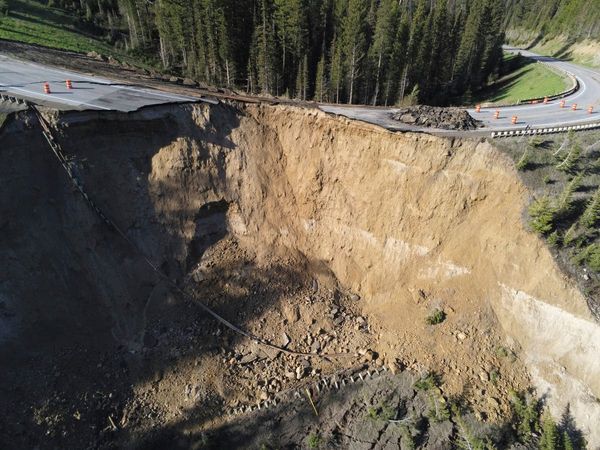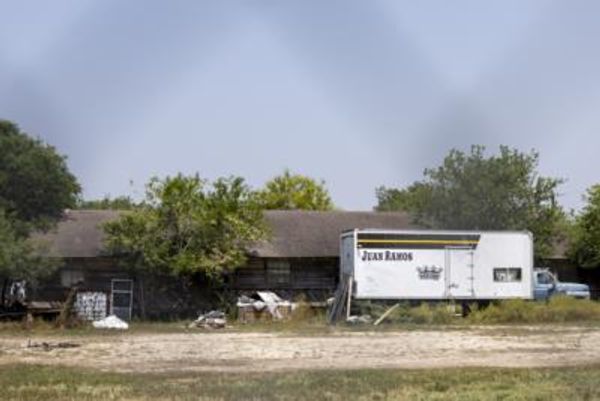Building a nation’s space programme from scratch is no mean feat. Once, in the early days of India’s own attempts in this direction, two of its scientists were asked to get ready to leave for Australia in one or two days. The idea was to make the most of an opportunity. The launch site of the European Launcher Development Organisation (ELDO) at Woomera was being closed down. The Indian scientists – B. Ramakrishna Rao and R. Aravamudan – were tasked with picking up the site’s telemetry station in an auction!
But when they reached Woomera, they found to their dismay that ELDO had decided to sell off the station as scrap, not really expecting anyone to bid for it. Seeing their disappointment, they were told that a similar station was up for sale elsewhere in Australia. They managed to get it at a bargain price, dismantled it and brought it to Sriharikota!
This and many other such stories and incidents from the infancy of what is now the Indian Space Research Organisation (ISRO) make Indian Rocketinte Shilpikal (The Architects of the Indian Rocket), a 239-page book (DC Books) in Malayalam by former ISRO scientist V.P. Balagangadharan, a fascinating read. The book, in Mr. Balagangadharan’s own words, is confined to those individuals who helped kickstart India’s space programme and building and fly the first small rockets. In it, brief bios of 31 such men, scientists and administrators included, are intertwined with riveting and often delightful incidents from their careers.
The book relates an incident where T.N. Seshan, the redoubtable bureaucrat best known for electoral reforms, was asked to draft an agreement which would enable India to get hold of liquid propulsion technology from France. Lore goes that Seshan – then additional secretary at the Department of Space – dictated the 50-page agreement in a single sitting to his stenographer.
Another chapter deals with P.R. Pisharoty, considered the father of remote sensing in India, and the search for a site to build a rocket launching station in Kerala. Vellanathuruth in Kollam was thought to be ideal given its proximity to the magnetic equator. Pisharoty, along with E.V. Chitnis, had surveyed potential locations. Vellanathuruthu is pronounced ‘Vellanaathuruthu,’ but it can also be read as ‘Vellaanathuruth,’ when written in English. ‘Vellaana’ is Malayalam for white elephants.’ When Vikram Sarabhai heard about this from Pisharoty, he immediately dropped the site, not wanting to associate his project with white elephants, writes Mr. Balagangadharan.
Indian Rocketinte Shilpikal has chapters on Vikram Sarabhai, Satish Dhawan, P.D. Bhavsar, A.P.J Abdul Kalam, H.G.S. Moorthy, Brahm Prakash, Vasanth Gowariker, A.E. Muthunayagam and many other ISRO veterans. There is a section dedicated to ‘The Three Foreigners;’ the French astrophysicist Jacques Blamont, NASA’s Arnold Frutkin and the pioneer of Japanese rocketry Hideo Itokawa.
All three had close links with India’s space programme in its formative years. Mr. Balagangadharan notes that it was through Blamont, for instance, that India obtained the sodium vapour payload for the first American-made Nike-Apache sounding rocket which rose to the skies from Thumba on November 21, 1963. In 2015, the Indian government honoured him with the Padma Shri.
The biggest challenge in writing a book on the people who helped launch the space programme? “Picking the names, of course,” says Mr. Balagangadharan, who joined the Vikram Sarabhai Space Centre in Thumba in 1972. After his retirement in 2010, he spent another four years as Brahm Prakash Scientist at the ISRO facility.







